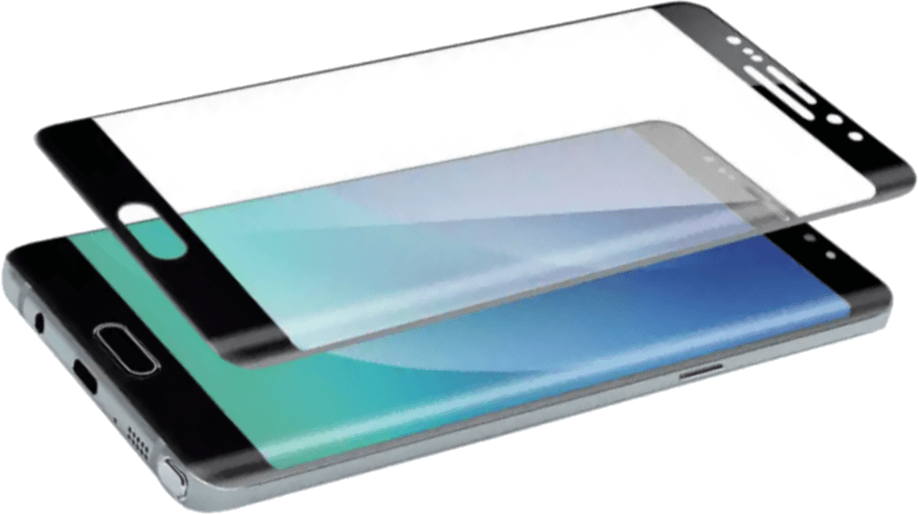Samsung has another problem with batteries in the Galaxy Note series smartphones. Fortunately, this is not a repeat of last year’s self-ignition of batteries in Note 7. Note 8 owners alarm about problems with recharging completely discharged batteries. Unfortunately, it looks that the new Samsung flagship can be very easily bricked.
A fairly large group of Internet users shared rather worrying information through social media and discussion forums. It turns out that when the battery level in Samsung Galaxy Note 8 drops to 0%, the device will turn off and it can not be recharged. The charging process does not work both when using a wired and wireless charger. Multiple connection of the cable does not help. The only solution is to replace the smartphone with a new one as part of the warranty provided by the manufacturer.
For now, the problem with charging the Galaxy Note 8 applies only to models with Snapdragon 835.
European version of Samsung Galaxy Note 9 is equipped with the Exynos 8895 chipset. It is true that it is equipped with the same battery. However, the European model has a different charging control circuit than the units sold in the United States. Although Samsung has not yet issued an official statement about the problems described in the network, however, quite probable theory appeared on this topic. The systems controlling the smartphone’s charging process need a small amount of energy to charge the battery. Therefore, the electronics controlling the mobile device prevents the smartphone from completely discharging by switching it off earlier. Maybe Samsung will solve this problem remotely by updating the software. However, we can not be sure of anything until the Koreans publish an official statement on this matter. This will happen only after Samsung engineers examine faulty units that have already been replaced with new ones.
I do not encourage anyone to check whether the problem described also applies to smartphones sold in Europe. Full discharge of the lithium-ion battery adversely affects its lifetime. Generally, it is recommended to keep the battery level between 20% and 80%.
Source: PiunikaWeb




















